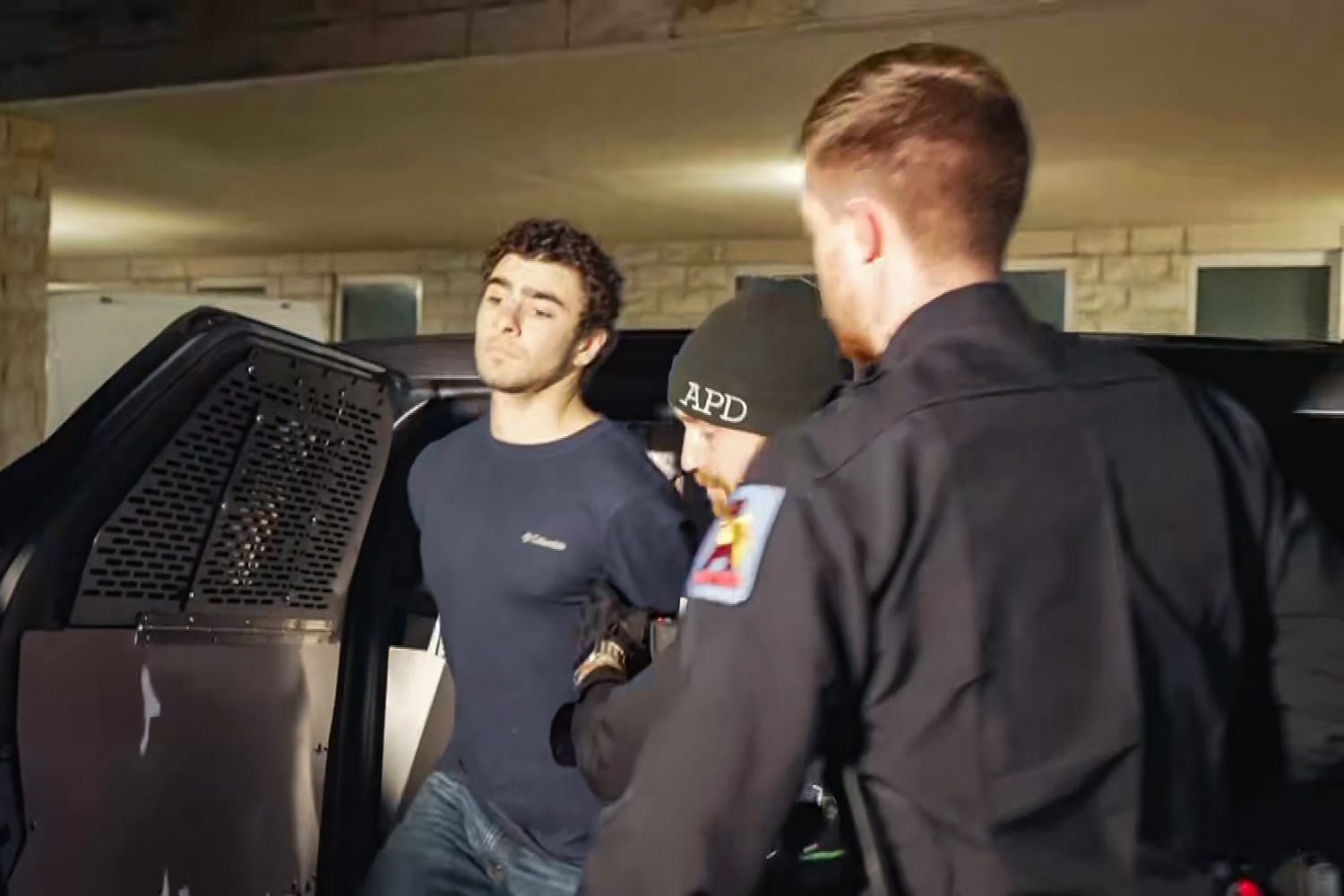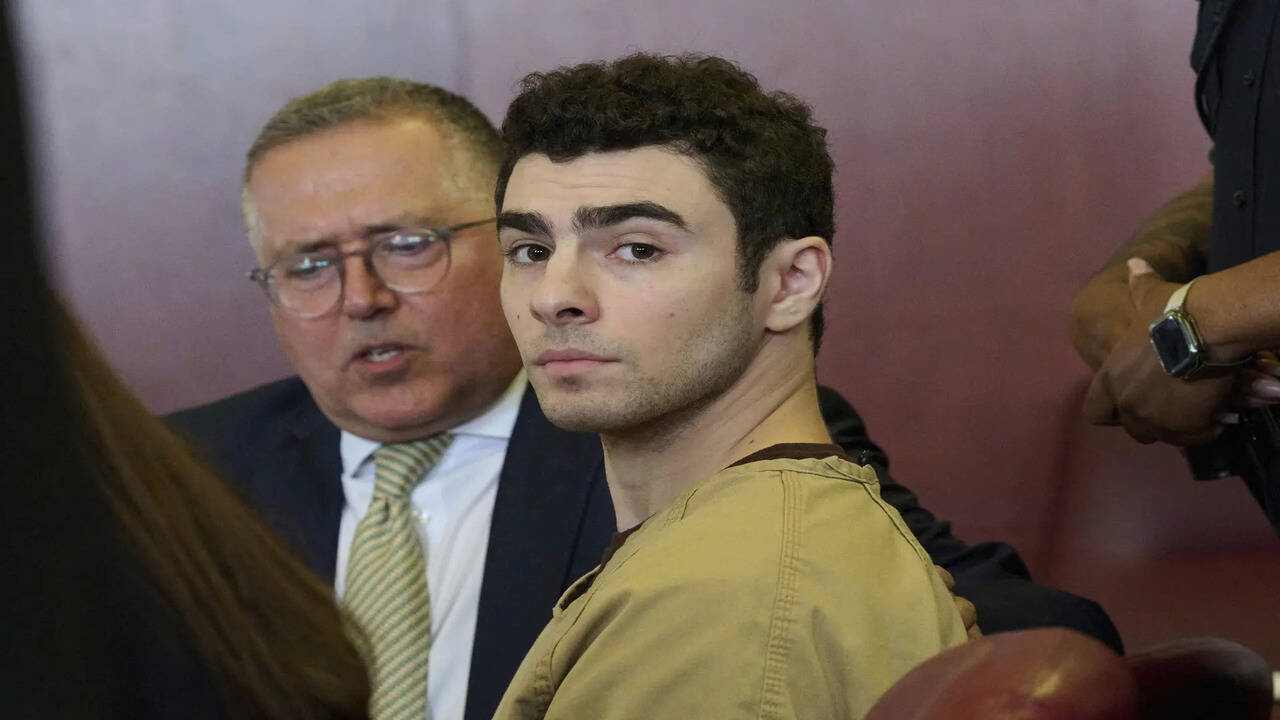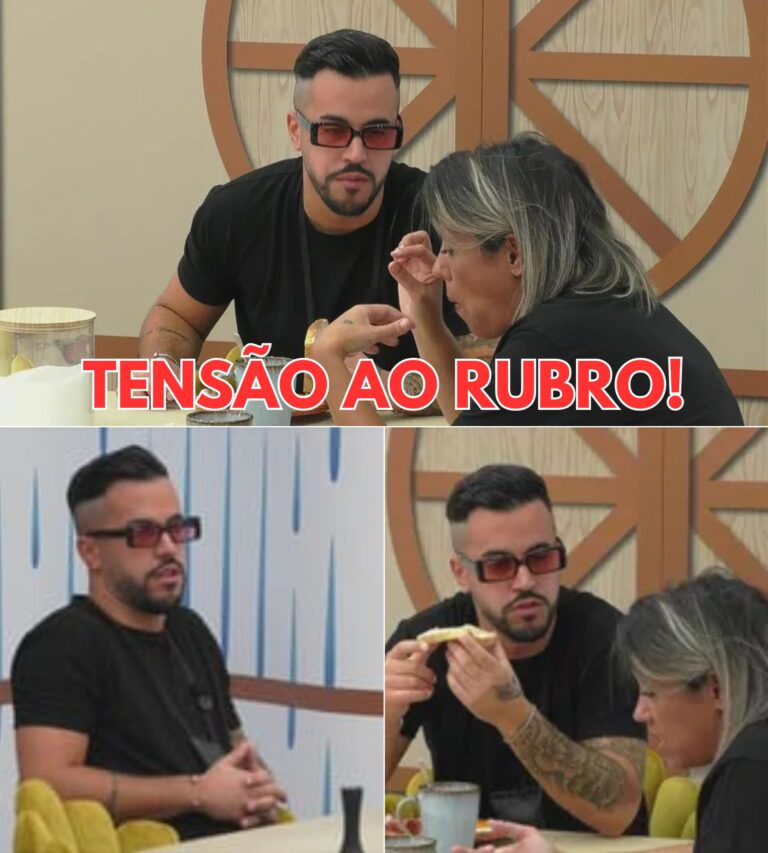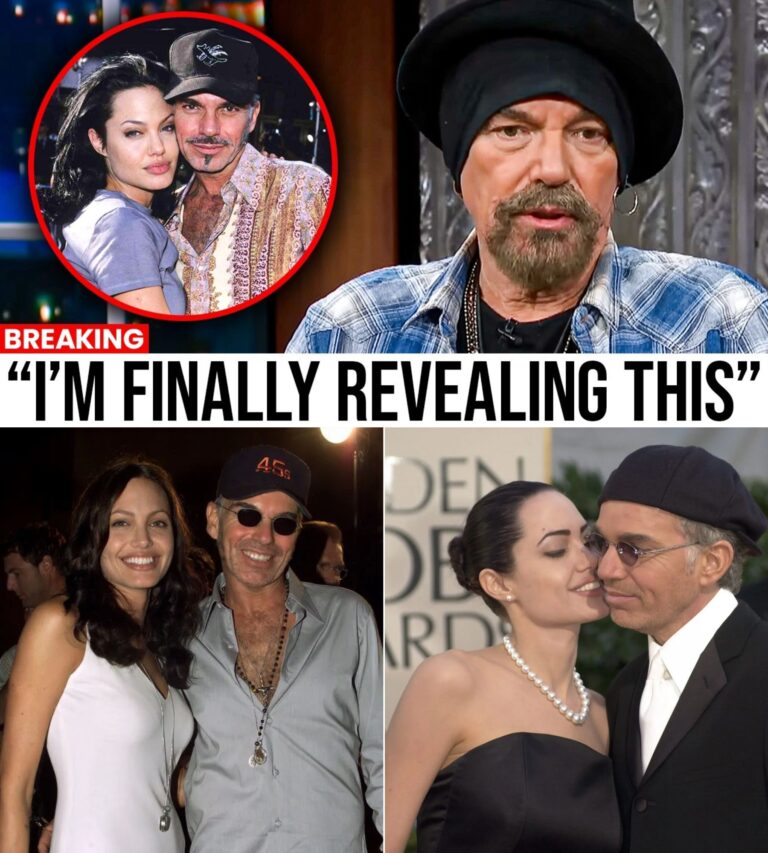In one of the most shocking modern crimes in America, Luigi Mangione, a 33-year-old tech prodigy turned recluse, assassinated United Healthcare CEO Brian Thompson in broad daylight — and what happened next has left the world stunned, divided, and asking who the real villain is.

It was an ordinary Tuesday morning in Manhattan when chaos erupted. Witnesses recall the moment Mangione, armed with a 3D-printed handgun, walked up to Thompson outside his Midtown office and fired three shots point-blank. The CEO collapsed instantly — and within seconds, the scene spiraled into panic.
Mangione didn’t flee immediately. According to witnesses, he stood over the fallen executive, whispering words no one could hear — then vanished into the crowd. For six days, the entire nation watched in horror and fascination as a massive manhunt unfolded.

When police finally found him — at a McDonald’s, of all places — the story took a bizarre twist. Mangione, calm and resigned, surrendered without resistance. What investigators soon uncovered would ignite one of the most polarizing debates in recent memory.
Luigi Mangione wasn’t a criminal. He was once a promising engineer, known for his brilliance and quiet charm. But after years of battling crippling back pain and being denied adequate treatment by his insurance, Mangione’s life began to crumble. Friends describe how he spiraled — obsessively researching corporate corruption, healthcare scandals, and reading the writings of Ted Kaczynski, the Unabomber. His anger metastasized into a twisted sense of purpose. He began to believe that “justice could only come through destruction.” To him, Brian Thompson wasn’t just a man — he was the embodiment of a system that profits from pain.

But the real shock came after the arrest. Within days, a viral campaign under the hashtag #FreeLuigi began spreading across social media. Thousands argued that he was “a victim of a broken healthcare system,” not a cold-blooded killer. Donations flooded in — over 10,000 people contributed nearly $300,000 to fund Mangione’s legal defense. Supporters compared him to “a modern-day martyr,” while critics called the movement “a terrifying glimpse of moral decay.”
“He didn’t kill a man — he killed a system,” one viral post read.

The courtroom, when the trial begins, promises to be a battlefield — between those who see Mangione as a murderer, and those who see him as a symptom of something deeply wrong with America itself.
This case has become more than a murder — it’s a mirror reflecting society’s darkest fractures: a healthcare system that leaves millions suffering; a mental health crisis ignored until it explodes; a culture that glorifies vengeance over healing.

Even now, outside the courthouse, protesters clash — some chanting “Justice for Thompson,” others shouting “Free Luigi!” No one can agree on where justice truly lies. But one thing is certain: Luigi Mangione’s name will haunt the national conscience for years to come.
“You can’t fix a broken world,” Mangione reportedly said during his interrogation. “You can only burn it down and start over.”
From tech genius to terrorist, from patient to pariah — the Luigi Mangione case forces us to ask: how far can desperation go before society takes responsibility?





